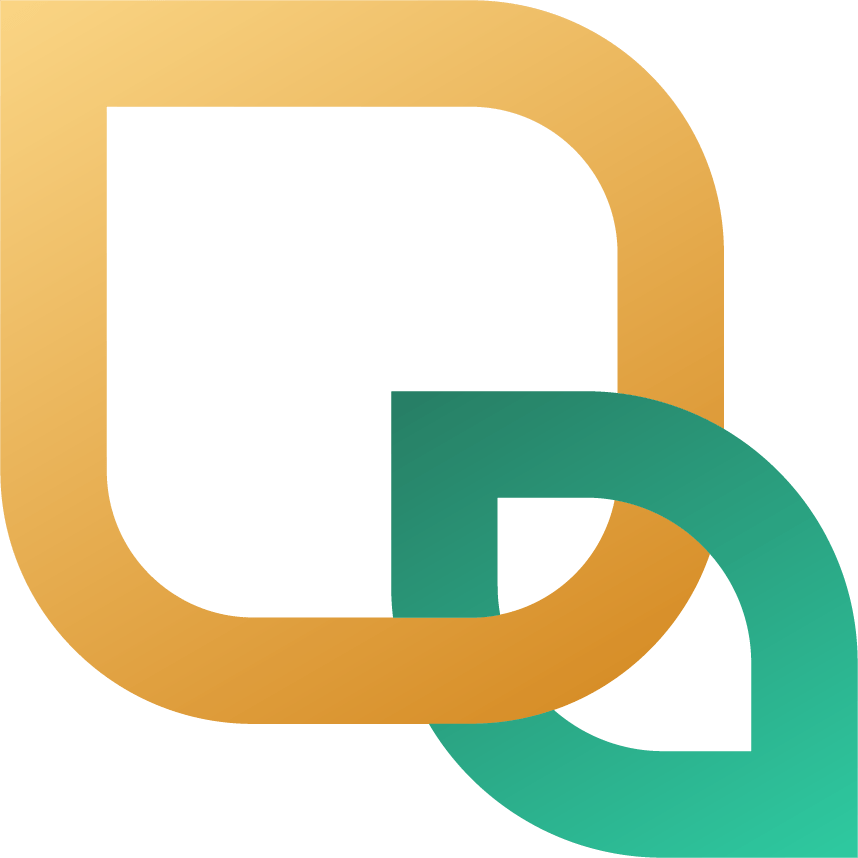IoT in Agriculture: Guide to Smart farming solutions
The global IoT in agriculture market is expected to reach $22.2 billion by 2025. Spearheading this expansion is the Asia Pacific region. This surge is largely attributed to a combination of governmental efforts promoting technological integration in agriculture and a notable rise in the embracement of these innovative solutions by the farming community.
According to a 2022 McKinsey study, about a quarter (24%) of farms worldwide have incorporated IoT technology into their operations. This uptake is particularly pronounced in developed regions such as the US and Europe, where more than half of the farms are utilizing some variant of IoT technology.
Popular applications of IoT in agriculture
- Precision agriculture. Sensors gather real-time data on soil moisture, temperature, nutrient levels, and crop health, enabling precise irrigation, fertilization, and pest control.
- Livestock monitoring. With smart sensors, farmers track animal health, location, and feeding behavior, improving animal welfare and farm management.
- Environmental monitoring. Sensors monitor weather conditions, water quality, and air pollution, enabling farmers to adapt to changing conditions and optimize resource use.
- Farm automation. Automated irrigation systems, drones for crop monitoring, and robots for harvesting and weeding are becoming increasingly common.

Challenges of developing IoT applications for agriculture
IoT is indeed breaking through the obstacles to penetrate into all aspects of agricultural activities. Yet, some farmers have concerns when it comes to the implementation of IoT. However, the tech team can often offer solutions to the problems that each project faces. Here are the common issues mentioned:
Energy Efficiency and Power Solutions
Many agricultural sites are located in remote areas without access to a continuous power supply. Hence, IoT devices need to be energy-efficient, and developers often need to incorporate alternative power sources such as solar panels or battery solutions.
Connectivity Challenges
Reliable internet connectivity is often a challenge in rural and remote farming areas. IoT solutions for agriculture need to be able to handle sporadic connectivity and possibly rely on alternative communication protocols (like LoRaWAN or Sigfox) that are suited for long-range and low-power scenarios.
Integration with Existing Systems
Ideally, IoT solutions should seamlessly integrate with existing agricultural management systems and practices, minimizing disruption and the need for extensive training or changes in established routines.
Scalability and Customization
Agricultural operations are different in size and type. IoT solutions must be scalable to accommodate small family farms to large agribusinesses and customizable to support various types of crops, livestock, and farming practices.
Data Management and Analysis
Agriculture IoT generates a lot of data. Effective solutions must not only collect and store this data securely but also analyze it in a meaningful way. This involves integrating advanced data analytics and sometimes machine learning algorithms to provide actionable insights.
What to consider before developing your IoT application for smart farming?
Consider the following before developing your IoT application for smart farming or other agriculture-related activities:
- Identify the precise challenges and requirements of the farming activities to ensure the application is tailored to provide practical solutions.
- Assess the availability of connectivity options, power sources, and compatibility with existing farm equipment and software.
- Ensure the application can scale with your farming operations and is flexible enough to adapt to changing farming practices or conditions.
The application should have an intuitive interface, catering to users with varying levels of technical expertise. - Plan robust data handling strategies, ensuring data is not only insightful and accessible but also secure and compliant with privacy regulations.
- Evaluate the cost of development and implementation against the potential return on investment, considering both short-term gains and long-term benefits.
Wrapping up
The integration of IoT in agriculture addresses challenges such as resource management, productivity, and environmental sustainability. However, it also brings challenges like the need for robust, energy-efficient devices capable of operating in rural settings with limited connectivity. The article emphasizes the importance of selecting the right development team for IoT solutions, one that understands the unique demands of the agricultural sector and can deliver scalable, user-friendly, and regulatory-compliant applications.





Leave a comment